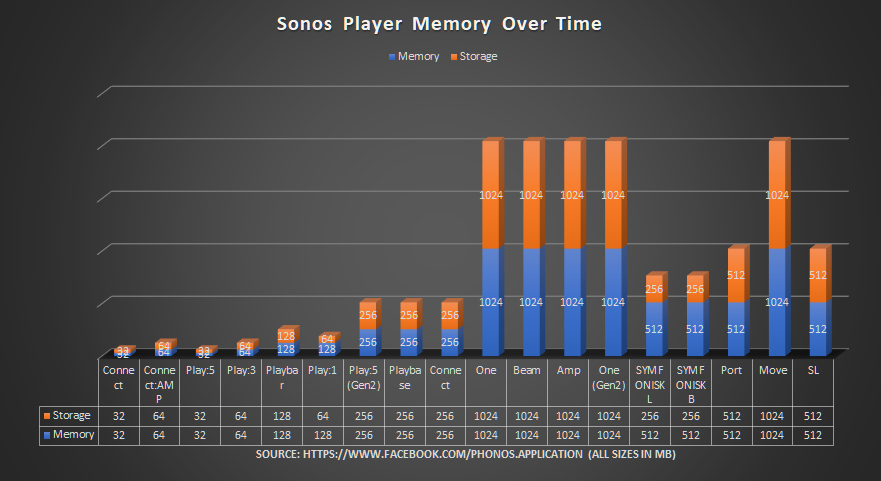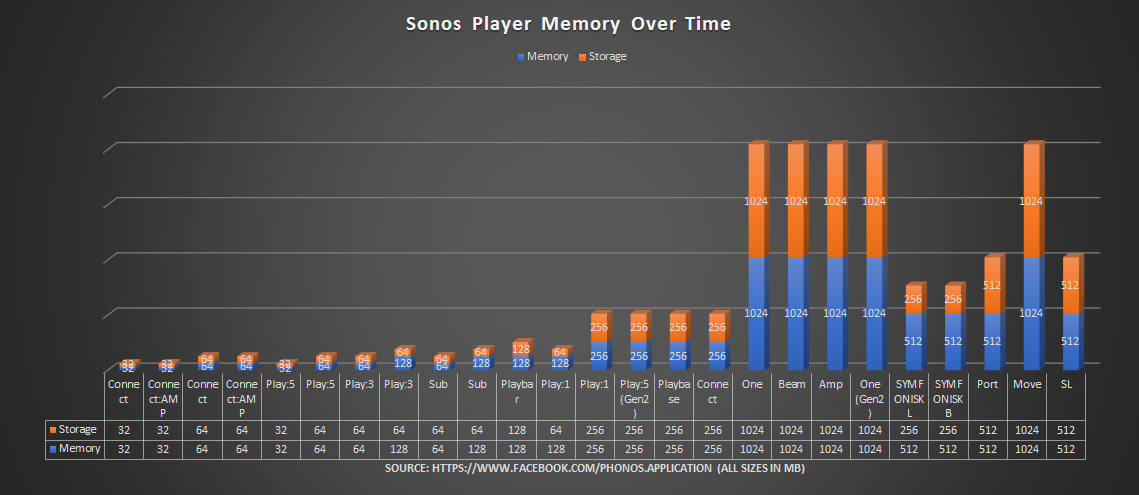Now that Sonos have announced that their products have an end-of-life (EOL), sometimes in as little as 5 years from purchase, can they please clarify their expected EOL projections for all products? Classifying them as “modern” or “legacy” does not help and is far too simplistic. Products can move status overnight without warning.
It would be useful to know that a Sonos product bought today for several hundred pounds is expected to be viable for, say, 5yrs. If Sonos wishes to be a software company, they will need to embrace a more mature approach to this issue, and offer an SLA within each product sale to set customer expectations.
For example, the Windows 10 support life-cycle has a five-year mainstream support phase that began on July 29, 2015, and a second five-year extended support phase that begins in 2020 and extends until October 2025. Microsoft manages this level of expectation management and costs a fraction of the cost of a home speaker system.
Best answer by Ken_Griffiths
View original







